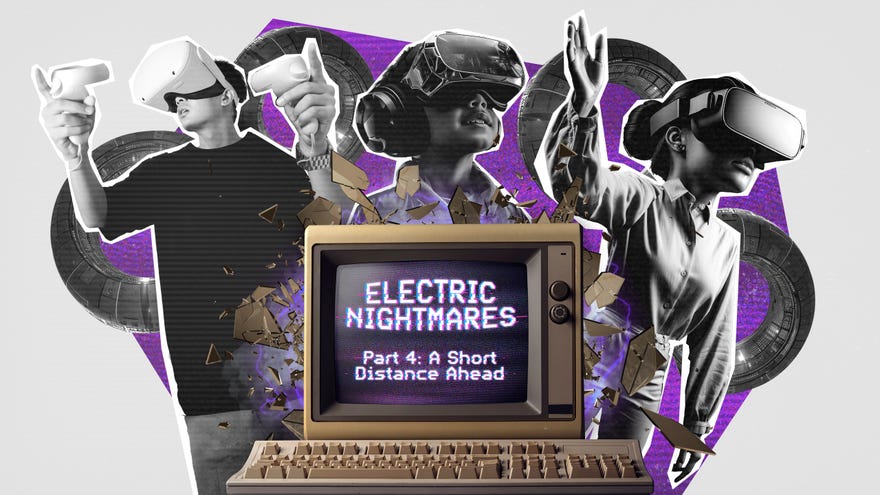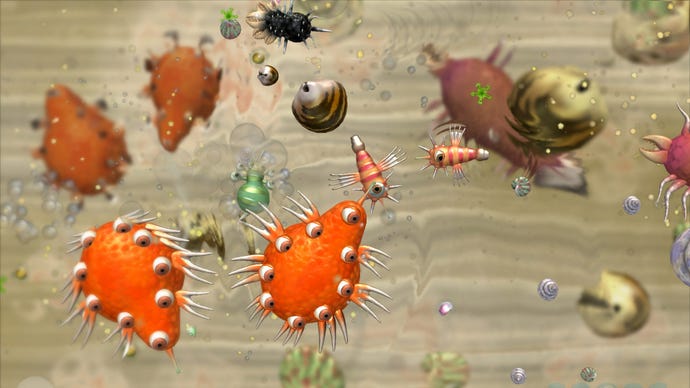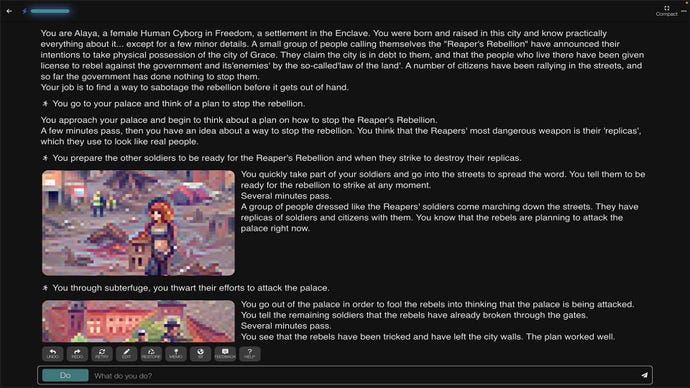HomeFeatures
Solving the problems of generative AI is everyone’s responsibilityAs we look to the near future of generative AI, we need to decide what we want to do with it
As we look to the near future of generative AI, we need to decide what we want to do with it
Image credit:Rock Paper Shotgun
Image credit:Rock Paper Shotgun

In Part 1,Our Generation, we discuss what we mean when we use the term ‘generative AI’.
In Part 2,The Art Of The Steal, we look at the issues with generative AI’s current training models.
In Part 3,Better Living, we imagine what life could be like if the best-case scenario for generative AI comes to pass.
In this final Part, A Short Distance Ahead, we look at what the near future of AI promises, and what we can do with it.
What does it take for a new technology to take root in our lives? In the late 90s, two science policy researchers proposed that there are two things you need: comfort and credibility. Credibility is about howgoodthe thing is, the desire to actually have it in the first place. Comfort is about howeasilyyou can integrate into your life. We see this all the time in games.VRis a good example – there are a lot of great VR experiences, and the technology is unusual and exciting to many of us, but it’s tiring to use, disorienting, expensive, requires a lot of empty space and is still prone to accidents. It might be a lot of fun, butover a decade onfrom the beginnings of the Oculus Rift, VR still doesn’t really feel like it’s found its feet. Other technologies have the opposite problem.NFTsactually became quite easy to use at their peak, and would’ve been quite easy to integrate into a lot of existing game stores - it’s just that no one cared. Every attempt to convince us that NFTs were going to add something to our gaming experiencesfloundered, and without that enthusiasm and excitement, it didn’t matter how easy or difficult it was to use.
To see this content please enable targeting cookies.Manage cookie settings
To see this content please enable targeting cookies.Manage cookie settings
Generative AI hasn’t really settled yet. Is it easy or difficult to use? In some ways, it’s quite easy. Sign up to Midjourney or ChatGPT for a few dollars and you can start typing in requests for content right now. But there’s no ownership over this technology, nor any indication of where it might go in the future, meaning you can’t easily rely on it to still be affordable this time next year, or even exist at all. In terms of credibility, look at the right press releases and you’d be forgiven for thinking AI could replace every human creator today. Yet every tool seems to work a little differently, and the mistakes we see range from funny to catastrophic. It’s no wonder that both AI’s supporters and detractors seem to feel uncertain about the present moment – the confusion of sales pitches, viral marketing, exposés and hands-on disappointments are all mixing together to leave us feeling completely lost.
Remember Spore? |Image credit:EA

AI Dungeon was once thought to be the future of video games. |Image credit:Latitude

That doesn’t mean generative AI is useless or doomed. I don’t even think it means it can’t be applied ethically. What itdoesmean, though, is that we should be careful when exciting press releases and viral GDC demos promise us the moon on a stick, and when the real costs of that new technology are hidden from us. Generative AI hasn’t quite yet proven its comfort or credibility to either game developers or players yet. It remains to be seen if it will suffer the same fate as VR or, worse, NFTs.
In 1950,Alan Turing wroteof AI (before the term AI was even coined), “We can only see a short distance ahead, but we can see plenty there that needs to be done.” Turing was most likely thinking only about technical problems when he wrote that, but today I think it’s clear that the work we see ahead is the responsibility of all of us. As we’ve seen throughout this series, the answers to the problems we face lie outside of AI labs - they lie in courtrooms, in union negotiations, in investor pitch sessions and in fan-run Discord servers. AI researchers like myself are partly responsible for many of the problems we face today, but we are definitely not the only source of solutions. There won’t be a quick or easy answer to whatever issues we do end up facing in the video games industry going forward, but I do think there’s a path to be found toward a better future, if only we can work together to decide on where we want to go.